

Sewer odors do more than just cause your home to smell disgusting. They can also be quite harmful to human health, depending on how bad it has become. If your home smells like a sewer, then you should act quickly to avoid these health risks:
• Headaches
• Irritability
• Appetite loss
• Fatigue
• Memory loss
• Dizziness
• Pneumonia
• Bronchitis
• Sinus issues
Powerful sewage odors could come from multiple locations in your home. Primarily, these would be the basement, shower, toilet, and sinks. Below, we've highlighted exactly what you need to do to deal with each of these areas.
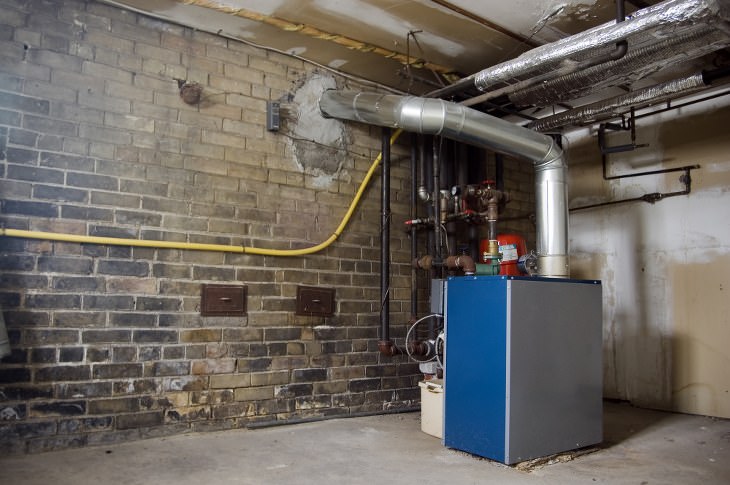
1. Water traps: If your water heater, washing machine, laundry tub or any other appliance has a water trap, then you should make sure to check the water trap levels they have. When not in use for long periods of time, water traps can end up dry, which will allow gases from the sewer to travel into your home. To restore dry water traps, simply pour a glass of water into it to solve the problem.
2. Missing cleanout plugs: If your floor drain has a missing cleanout plug, then this may also allow the passage of sewer gases into your basement. To fix this, simply buy a new one from your nearest home depot store.
3. Broken sewer line: Nasty smells coming from your basement could also mean that there is a damaged sewer line hidden in a wall or under the floor. Unfortunately, if this is the case, you'll need to hire a professional plumber.
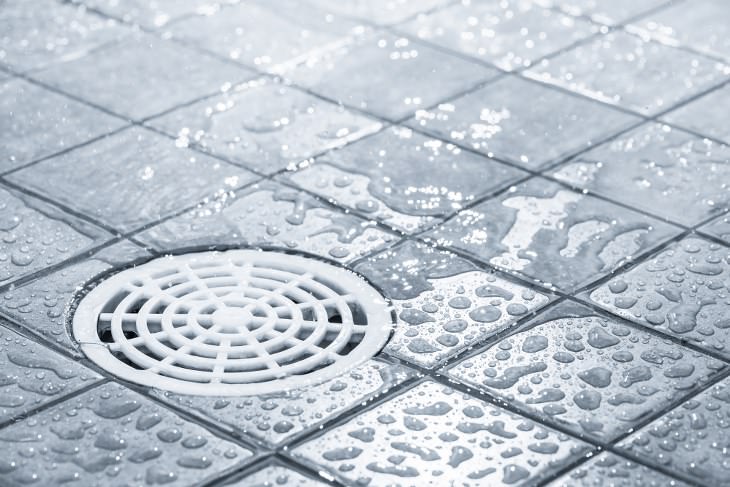
1. Infrequently used drains: If a shower drain is not used regularly, then this could cause the water in the p-trap to evaporate, which will allow sewer gases to seep in. To fix this, simply disinfect your shower and run the water for a few minutes.
2. Dirty drains: Biofilm is a type of substance that can accumulate on pipes and drains over time. This odor gets worse when you run the water since the running water will disrupt the biofilm, causing powerful odors to be released. To fix this problem, all you need to do is to use soap, hot water, and a brush to clean your drains all the way down to the p-trap.
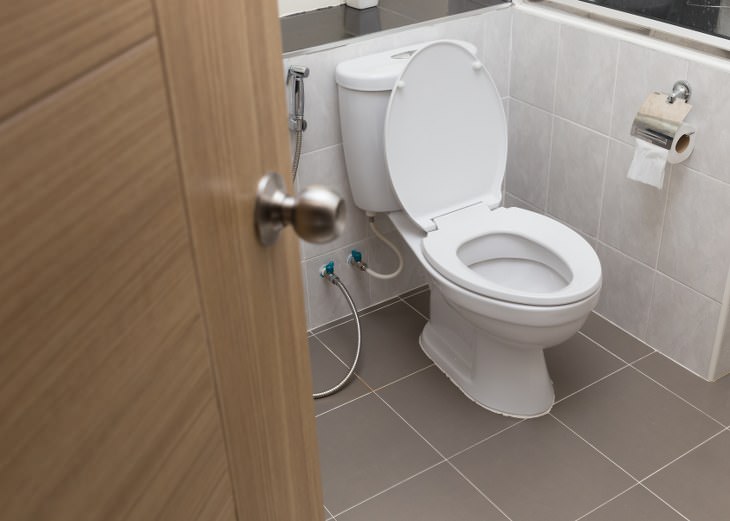
1. Broken Wax Ring Seal: If the seal between the flange and the base of the toilet has become damaged, then this can let gases from the sewer up into your bathroom. Your best bet is to remove the toilet and replace the wax ring entirely, cleaning and disinfecting the area when you're done.
2. No Water in the Toilet Trap: If a toilet is not used for an extended period of time, then water may evaporate out of the toilet trap, which can lead to a nasty smell developing in your bathroom. In situations like this one, always check the water trap before resorting to calling a plumber.
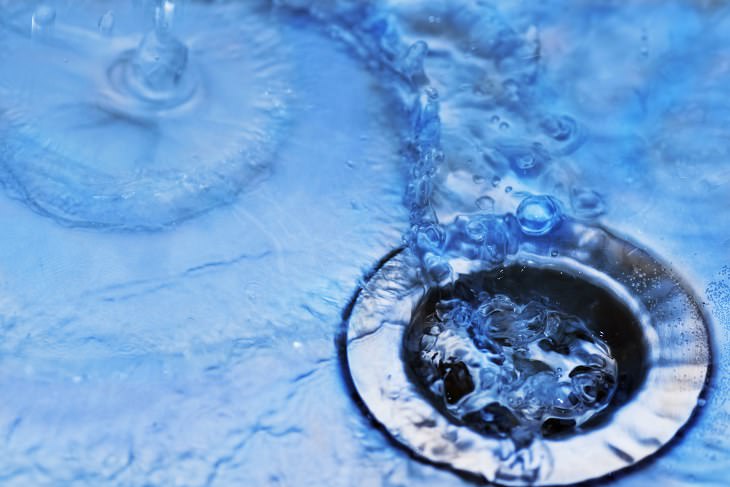
1. Empty Water Trap: As above, an empty water trap can lead to a smell of sewage entering your bathroom, so make sure you keep it topped up.
2. Biofilm Accumulation: If you've got a build-up of biofilm coming from a sink, you will need to completely remove and thoroughly clean each of your sink's components to make the smell go away. Once reassembled, simply pour some boiling water down the sink to rid yourself of any remaining biofilm residue.
To prevent the smell of sewage from ever visiting your home, there's one technique that really can't be beaten! Simply pour a cup of white vinegar down any drain you want to clean, followed by a quarter of a cup of baking soda. Allow it to sit for two hours, before flushing the drain with some piping hot water to eliminate any biofilm that still remains.
Found this information useful? Make sure to share it with your friends too!
Related Articles:
Can’t Smell a Thing? Here Are 8 Possible Reasons Why
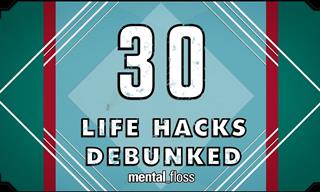 10:55
10:55
30 Well Known Life Hacks Tested- Which is Real?
30 well-known life hacks tested in front of your eyes. Watch this video to save you the time of trial and error

Fixing a Car Has Never Been Easier Thanks to This Guide
Discover how to diagnose and fix 16 common car problems thanks to the awesome video guides.

Sometimes Knowing One Clever Hack Makes All the Difference
Sometimes the most ordinary daily tasks can be annoying The good news is all you need is to know a few simple hacks that will make life much smoother...
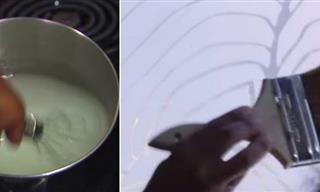
Here's How to Make Pretty Opaque Window Frosting!
If curtains aren't really your thing, then why not give opaque window frosting a chance? Here's how to make your own at home.

Food Hacks: 12 Smart and Simple Ways to Save Cooking Time
Try these simple and easy food hacks and tricks today to save you plenty of cooking time.

6 Great Tips That'll Help You Get Rid of Smelly Feet!
If you happen to suffer from extreme foot odor, these 6 great pieces of advice might work wonders for you!

12 Tips to Maximize Counter Space in Small Kitchens
These hacks will transform your kitchen counter space.

This Post Will Show You Everything About Bananas
You're about to know everything there is to know about the banana because we're presenting you with SO much information here.

Do This Eye Exercise At the End of a Screen Intensive Day
Suffer from painful and tired eyes after another day of working in front of the computer? You may be hurting your eye muscles... Fix the problem with this exercise.

Avoid 10 Design Mistakes to Make Your Home More Spacious
Interior decoration is a lot tougher than it seems, no wonder these 10 mistakes are so very common. Care to find out if you're guilty of any?

This Japanese Massage Technique Has Some Terrific Benefits
All you need to know about the Japanese massage art of Shiatsu

How Would You Handle a Life-Threatening Situation?
How would you handle these life-threatening situations? 12 tips to keep in mind.
 2:20
2:20
7 Ways to Save Money on Your Dairy Shopping
This video is going to show you 7 easy ways to save money on dairy products.

Look At the Eyes: How to Tell When People Are Lying
According to NLP, one can know whether a person is lying or not only through the eyes. Learn how to do this with the help of this guide ...

Expert Explains: How Often Should We Weigh Ourselves?
Why you should weigh yourself weekly and not daily or monthly.
 8:12
8:12
These Organization Tips Are the Most Useful You'll Discover
These essential DIY tips will ensure a clean and organized home.

Senior Travel Made Simple: 10 Tips for a Better Trip
What can make travel a bit easier for seniors? Read on to find out…

The Art of Persuasion: How to Get Others to Agree With You
Many discussions become unnecessarily heated, just because we don't know how to explain our position correctly. Learn how to make others think like you.
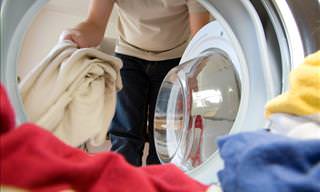 8:07
8:07
The 5 Best Ways to Do Your Laundry Quickly and Efficiently
What's the best way to clean a pair of shoes, or remove grease from fabric? Take a look:
 13:17
13:17
Learn the Best Sleeping Position to Relieve Neck Pain
aking up with neck pain? Your sleeping position might be to blame!

11 Ways You May Be Messing up Your Garden
Many aspiring gardeners give up on their dream, solely because they lack information about their garden. Here are 11 common gardening mistakes that we make.

Useful & Professional Tips On Raising a Bilingual Child
Teaching your child 2 languages is one of the greatest gifts you can give them as a parent. Find out how to do it easy and effectively.

This is Why Paper Towels Are an Invaluable Necessity
If you're only using your paper towels to mop up the occasional kitchen accident, you're sure missing out. Here are 6 other uses for paper towels.

12 Clever Ways of Decluttering Your Home of All That Junk
Don't just throw away the junk you have at home, learn to reuse and recycle it the smart way with these 12 clever tips
 4:34
4:34
Discover the Ideal Morning Routine to Activate Your Brain...
If you struggle to wake yourself up every morning, then this video might just have the perfect solution for you.

12 Things Every Cat Owner Should Be Aware Of and Care Tips
Cat care may not seem terribly complicated, but there are some important moments that even experienced cat owners miss...

Shaving Foam: Your New Underrated Stain Remover
Did you know shaving foam can be an unexpected cleaning hack at home?
 8:30
8:30
A Full Guide to Cleaning Your Car's Interior
If you want a car that looks incredible on the inside, watch this video and follow these steps.
 2:14
2:14
Make EASY Natural Beeswax Polish At Home!
Watch this video to learn how to make beeswax furniture polish at home.
 29:09
29:09
What Dentists Don’t Always Tell You About Flossing
There’s a lot more to flossing your teeth than you were told...

How To Keep Your Glasses In Mint Condition For Years to Come...
7 simple tips that will help you keep your glasses in good condition for a very long time.

How to Polish 12 Old Items So They Look as Good as New
If you want to clean and restore the luster to objects, furniture, and items throughout your home, just follow these 12 simple tips...
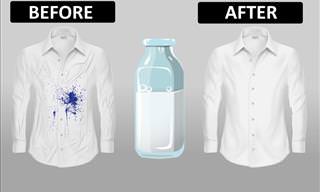
Ink Stain Removal Made Easy With 9 Ultimate Home Methods
Don't throw out you ink-stained clothing, instead, try one of these 9 at-home methods of ink removal to revive your garments
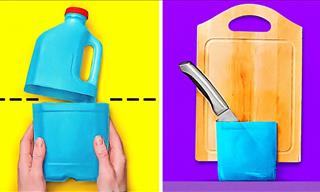 11:18
11:18
Learn Some Nifty New Tricks For Home Organization
How to keep your house from being messy? By staying house smart! This video is going to give you all those great tips you need to keep your house looking sharp.
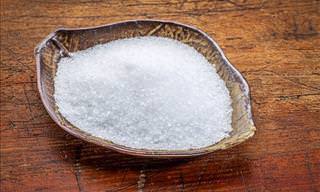
18 Reasons Why You Should Always Keep Epsom Salt at Home
People often add Epsom salt to their baths. However, it has many other uses and health benefits - here are 18 of them!
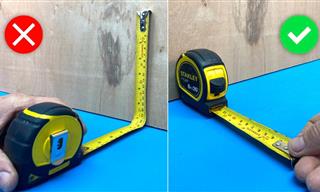 3:12
3:12
I Had No Idea You Could Do This With a Tape Measure
Did you know that you can turn a tape measure into a compass? This is just one of the many hidden features of the tape measure shown here...

Infographic: 10 Ways to Fall Asleep on a Plane
This infographic covers 10 practical, proven ways to fall asleep on planes,

Avoid These Common Thanksgiving Turkey Mistakes This Year
Cooking a turkey this Thanksgiving ? Don’t make these mistakes!
 2:17
2:17
7 Survival Tips that May Just Save Your Life One Day...
These easy to follow tips may save your life one day...

8 Useful Tips That Will Help You Tame Your Anger!
Being angry takes its toll on your health and relationships. Therefore, this video will show you 8 great ways to keep your anger in check.
 12:15
12:15
Easy Tips for Growing Chamomile in Your Home Garden
Love drinking chamomile tea? Now you can grow the wonderful herb in your garden and make your own chamomile tea.

Say Goodbye to Armpit Stains with This Natural Deodorant
Naturally remove armpit stains with this effective remedy.
 12:32
12:32
How to Tell You're Looking at a Fake AI Image
In this article, we share how to spot common flaws in fake images, and offers four simple tips anyone can use to stay informed and alert.
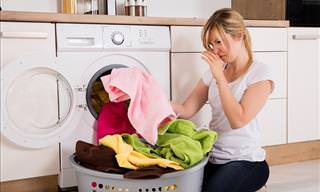
Learn the Ultimate Way to Remove Mildew Smell From Towels
If you ever forget to remove your towels from the washing machine once the cycle had finished, then you're going to need this simple guide.
 8:22
8:22
8 Easy Ways to Get Your Knife Razor Sharp
Got a blunt knife at home? Sharpen it easily with these nifty hacks.

This is How You Can Stop Your Partner's Snores
Does your partner keep you awake at night with their annoying snoring? If the answer is yes, this guide is just what you're after.
 1:46
1:46
3 Smart Tricks You Can Do With Salt
Learn three really smart tricks you can use salt for when cooking.
To enable your Ad-Free Subscription, please fill the fields below
Your subscription was successful, now you can enjoy an ad-free experience!! Note: To make sure you get no ads, please make sure to log in to your account. If you are logged in already, then refresh the page. The subscription can be cancelled at any time.


